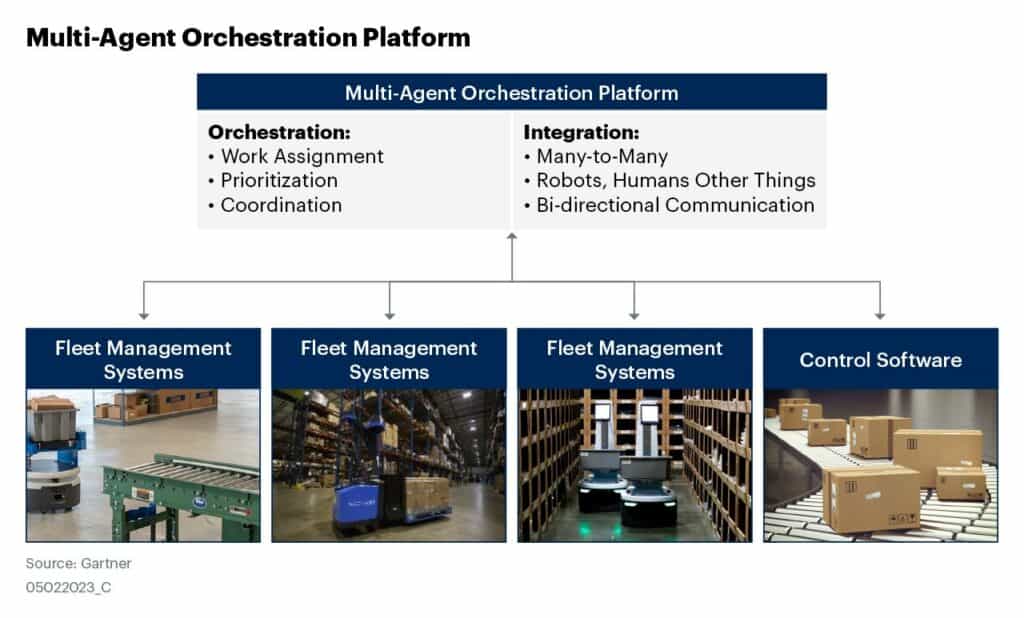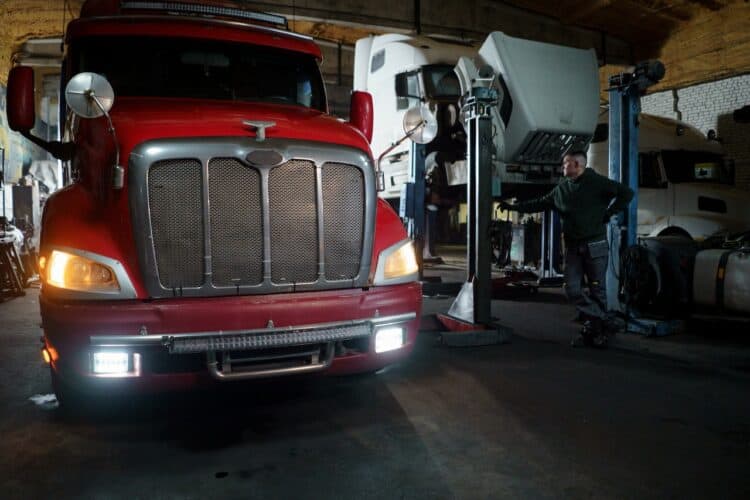Gartner predicts that by 2028, 50% of large enterprises will have adopted some form of intralogistics smart robots (ISR) in their warehouse or manufacturing operations. Because of this, we believe there will be exponential growth in the ISR marketplace over the next decade. Is this hyperbole? Our research says no, it isn’t.
A few data points from Gartner’s 2022 Supply Chain Technology User Wants and Needs Survey back up our findings. Before looking at some of the data, a key point to note is this study is cross-industry, cross-company size and cross-geography.
When asked if they were investing, or were planning to invest, in any form of cyber-physical automation, 97% of respondents said they were.
Of the respondents, 30% said that labour and talent issues were one of their top two internal challenges and 59% said that labour availability issues were leading them to consider automation.
When specifically asked about robotics, a staggering 96% said they were investing or were planning to invest, in robotics over the next two years, with 36% either fully deployed (7%) or actively deploying currently (29%).
Also, 93% of current robot users said that they planned to expand the fleet size of their existing robot platforms, with 94% saying they were pursuing additional use cases for robotics in their operations.

All this combined is why we believe the ISR market will continue to grow so rapidly. Because of this rapid growth, we also believe that 40% of large enterprises will have heterogeneous fleets of ISRs in their warehouse operations within the next five years.
So, the good news is lots of companies will begin to leverage ISRs in their operations. But this creates challenges for companies. Namely, how do they integrate with, and orchestrate the work of, a heterogeneous fleet of robots?
As companies deploy heterogeneous fleets of robots from different vendors performing various tasks, integrating with, and orchestrating the work of, this varied fleet of robots will require standardised software that can easily unite a variety of agents and robot platforms. Gartner refers to this emerging software as multiagent orchestration platforms.
These solutions act like intelligent middleware that integrates and orchestrates work between various business applications, heterogenous fleets of operational robots and other automated agents like doors or elevators.
These solutions will assign work to the right robots based on the characteristics of immediate tasks and will orchestrate communication between different robot platforms and other types of automation agents.

When companies invest in their first ISR platform, they will typically just create a one-off connection between their business applications — such as a warehouse management system — and their robot provider’s fleet management system.
This, while not optimal, works for one robot. However, as a company’s fleet of robots grows, simple point-to-point API integration will not be enough. Companies will need an orchestration capability that can assign work to the right robots based on near-real-time information that takes into consideration the characteristics of the activity and the capabilities of various automation agents.
This will reduce the time, effort and cost to onboard new robots and will reduce support costs, ultimately making organisations more efficient because work will be assigned to the robot best suited for the task.
Consequently, companies will need a platform that can help integrate with and orchestrate the work across their fleets of robots. Because of this, we believe that by 2026, more than 50% of companies deploying intralogistics robots will adopt a multiagent orchestration platform.
To achieve this, companies should start by analysing the integration requirements as the robot fleet expands beyond a single vendor. Along with that, they should study how work will be assigned to the various robots and other automation agents, like doors or elevators, and determine what orchestration logic will be needed to support this simultaneously.
First published on Gartner Blog Network



